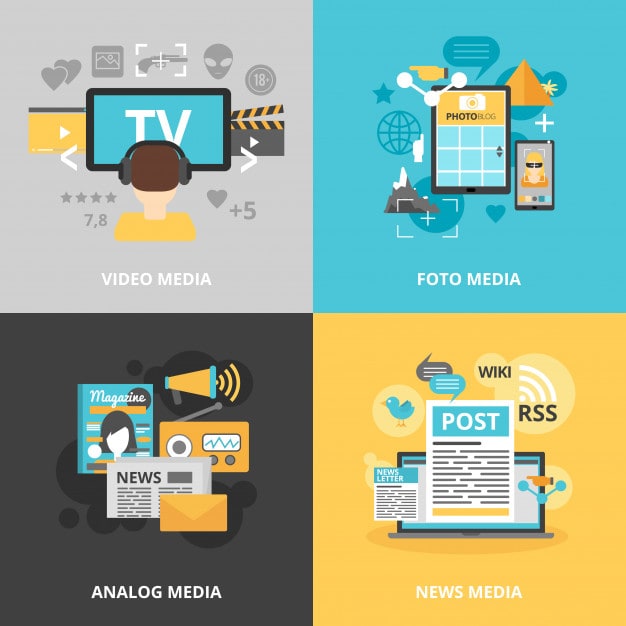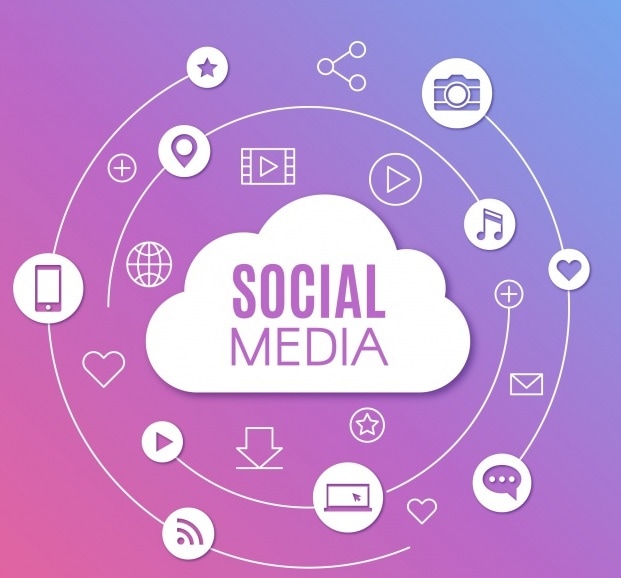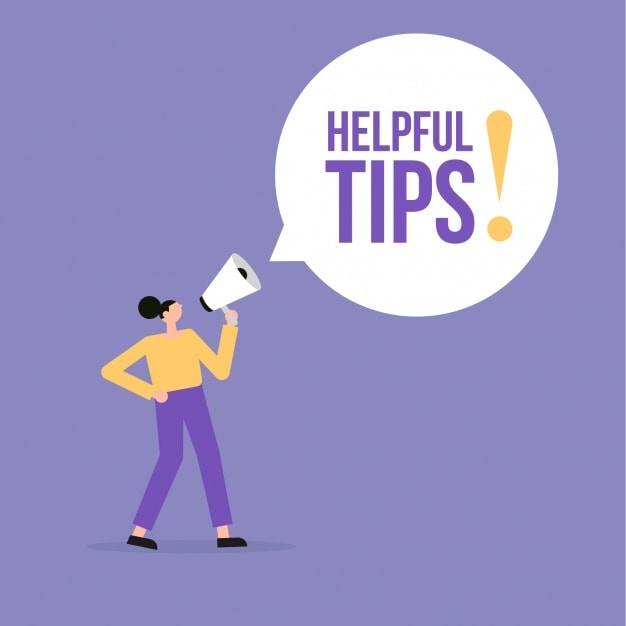Table of Contents
What is Media Strategy?
A media strategy is a plan of action that helps your business reach its target audience and to improve the overall customer conversion rate. The conversion rate is the percentage of people who take the desired action after engaging with your website, or any other form of media that makes a call to action.
Media strategy, as used in the advertising or content delivery industries, is concerned with how messages will be delivered to consumers or niche markets.
These days, everything is in the media. Something that is of public interest is surrounded by questions and responses from the various layers of media. Businesses and companies have departments dedicated to the efficient handling of relations with the press.
They devise methodologies and plans to develop and enhance these relations. These are called media strategies.
Defining and determining these strategies is crucial and extremely important. There is a meticulous analysis of the goals and the profits expected from the media strategies. Then, a proper plan is made to contact the concerned media and supply the necessary information to be published.
Elements of Media Strategy

There are several layers of the media environment. One needs to understand these layers and then plan the media strategy accordingly.
1. Communication channels
The channels to establish excellent and clear communication with the media houses are significant. They need to provide unambiguous, authentic, and clear information to these media.
2. News cycles
The media are mainly concerned with the news generation. There are various types of news cycles, viz. the daily news like newspapers, 24-hours news like those on TV or blogs on the internet, and the weekly or monthly news in magazines.
3. Popularity and reach of the medium
The effect of your media strategy can be measured by the reputation of your brand or company. If the reach of your news and information is good, the viewership and the readership of your articles are good and so is their impact.
4. Target audience
Here, you need to know what you expect from the media circulation. It would be best if you had a clear idea of whom you want to target. The type of clients you expect determines the media you choose.
The attributes of the target audience can be age, profession, culture, and many more.
5. Quality and quantity of media outlets
There are two main types of media outlets, viz. conventional and modern media outlets. The quality and the amount of these media outlets play a massive role in determining the reach of the circulated news.
Hence, these parameters should be planned wisely.
6. Conventional media outlets
These are those outlets that have been used traditionally for years. Television, Radio, and magazines are some of the traditional media outlets.
They have a fixed readership and viewership given by loyal users.
7. Modern media outlets
With the emergence of technology, the internet has conquered our world. The social media platforms, live news streaming channels, and blogging sites are some of the newest media outlets.
They have been embraced by lots of people, mainly young adults.
8. Level of access
The choice of the right media outlet for your brand and product depends on its accessibility. If you want your news to be circulated among some specific target audiences, you have to select that media outlet that a group of viewers can easily access.
Different Types of Media used in Media Strategy
There are different forms of media distinguished mainly on the technologies and techniques they use to present the news or content in front of the audiences.
1. Print Media
This type of media is probably the oldest and the most popular form. It states facts and figures clearly and can also be used for education purposes. It has more longevity.
There are three essential functions of the print media. They are-
1.1 Print Media for Display
In this print media strategy, different means that are used include posters, wall charts, calendars, and so forth.
The reason behind the perennial existence of this media is its ability to be accessible and public relation potentials. Print media also enjoys excellent longevity, and it inherently comprises visual appeal.
1.2 Print Media for Reading
This one revolves around mediums like newsletters, brochures, pamphlets, comic books, booklets, and so forth.
Using these in your media strategy will let you enjoy better control of the message, plus you can communicate a more complicated and detailed story lucidly.
1.3 Print Media for use with Groups
While using print media for use with groups, you can choose mediums like flashcards, flip charts, etc.
It is considered quite useful for educational purposes, plus such mediums comprise the ability to communicate across classes and languages.
2. Mass media
As the name rightly suggests, this type of media addresses a large group of people at once. There are mass media of many kinds. Newspapers, Television, and Radio are the three most important types of mass media simply because they are watched more often than others by a large group of people.
It is easier to address a crowd using these media. Let us delve into each of them here and now-
2.1 Mass Media using Newspapers and magazines
You can use this in your media strategy for featuring new stories, columns, or ads.
It is considered quite useful for reaching to large audience bases, plus this means it is considered permanent and highly influential.
You can also use it for explaining issues clearly and comprehensively.
2.2 Mass Media using Radio
This mass media medium is used for announcements, events, and shows.
It is beneficial in reaching large audiences. It enjoys excellent accessibility; even you can use it for optimizing the reach of your brand to the grassroots level.
If you want an immediate response from your audiences, or you are looking for any participatory medium for your mass media strategy, then this one can be quite useful for you.
2.3 Mass Media using Television
Again with this medium, you can make mass media strategy related to announcements, soap operas, and different events by using some audio and video content pieces.
This one has exceptional potential to reach larger audiences by being more dramatic, creative, and emotive.
It is also quite useful in serving participatory purposes as well as immediate responses.
3. Folk media
We live in a world where people matter. They are the centre of any advertising campaign, and their response to a product or a service determines its success. So, nothing is better than folk media to address the folks.
This type of media includes songs, dances, skits, or public announcements that reach the maximum number of people.
They are done in a way to grab the attention of the local people, and they choose to invest in the subject of the advertisement. Different types of folk media strategy revolve around three mediums-
3.1 Folk media using Drama and Poetry
This medium utilizes theatre, storytelling, puppet shows, role plays, etc.
This medium is beneficial in being emotive that ultimately channelizes good feels. Dram and poetry are also very engaging and powerful.
Such means are very interactive as well, so you can expect better connecting and conversion with your audiences by using this media.
3.2 Folk media using Song and Dance
With this form of medium, you will have options of using stories, eyewitness accounts, testimonials, etc.
Including these means in your media strategy will help you make your ad campaigns more entertaining, emotive, and participatory. It is useful in transmission across languages and classes, plus it can also concretize your messages.
3.3 Folk media using Oral Testimonials
This comprises different forms of theatre, puppet shows, storytelling, role plays, etc. with human faces.
Such means in media strategy are considered highly engaging, and they can be used in video or radio documentaries as well.
3.4 Folk media using printed messages
You can use printed messages on caps, t-shirts, etc. as a part of your fold media strategy.
This is a long-lasting means that is quite useful in promoting a brand, or cause. It is more prominently used in showing up your support for any cause or promoting any celebrity or movie, etc.
4. Social media
This is the newest revolution in the world of marketing and advertising. Various social media platforms allow users to promote their brand and products in the form of advertisements. Some of the social media platforms have millions of users, and even a single ad on these platforms can do wonders for your brand.
Different social media sites with vast numbers of Monthly Active Users (MAUs) that can be part of your Social Media Strategy are-
- Facebook – 2.23 billion MAUs
- YouTube – 1.9 billion MAUs
- WhatsApp – 1.5 billion MAUs
- Messenger – 1.3 billion MAUs
- WeChat – 1.06 billion MAUs
- Instagram – 1 billion MAUs
- QQ – 861 million MAUs
- Tumblr – 642 million MUVs
- Qzone – 632 million MAUs
- Tik Tok – 500 million MAUs
- Twitter – 335 million MAUs
- Reddit – 330 million MAUs
- Baidu Tieba – 300 million MAUs
- LinkedIn – 294 million MAUs
- Viber – 260 million MAUs
- Snapchat – 255 million MAUs
- Pinterest – 250 million MAUs
- Line – 203 million MAUs
- Telegram – 200 million MAUs
- Medium – 60 million MAUs
Other social media networks that can be part of your social media strategy are-
- Media sharing networks
- Discussion forums
- Bookmarking and content curation networks
- Consumer review networks
- Blogging and publishing networks
- Interest-based networks
- Social shopping networks
- Sharing economy networks
Now, after going through different types of media that can be part of your media strategy, let us go through different tips that can help you make a powerful strategy for optimizing your advertising and marketing campaigns-
Tips to Plan a Media Strategy
There are some tried and tested tips that one needs to follow to have a successful media strategy. Media relations can indeed make or break a business.
So, it is essential to have the perfect media strategy in place.
1. Set clear goals
Knowing the goals and objectives makes the process of achieving them far easier. Hence, even in media strategies, you should know what you are expecting from them.
You have to have a general analysis of the plan and understand its scope of impact.
2. Research your target audience
The target audiences are those who are in the main focus while planning a strategy. They are the ones from whom you expect the maximum response.
So, you should take their tendencies, their choices, and their habits into consideration before planning a strategy.
3. Craft a meaningful message
In any media strategy, the messaging it does is very crucial. The message should speak volumes in the least number of words.
It should give a sneak peek into the highlights of the product and provide some information about the brand as well.
4. Set a budget
Although media strategy and media management are huge parts of a business, there should not be thoughtless expenditures on them.
One should understand the scope and impact that a media strategy will have and then decide how much to spend on it.
Final Thoughts!
Media strategy forms an essential pillar of any business.
Every company has a dedicated department to design and handle these strategies. Given above are some crucial facts and tips about media strategies.
Do you have some other tips for making an optimized media strategy?
Which media do you consider the most effective one for increasing the exposure of your business? Share with us in the comment section below.
Liked this post? Check out the complete series on Advertising



